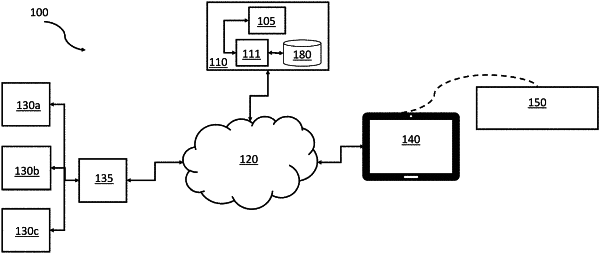| CPC G06V 20/41 (2022.01) [G06F 16/9024 (2019.01); G06F 18/24 (2023.01); G06F 40/58 (2020.01); G06N 3/04 (2013.01)] | 43 Claims |

|
1. A system for characterizing content relating to a desired outcome, the system comprising:
at least one memory operable to store content collected from one or more content generators over a predetermined period of time; and
at least one processor communicatively coupled to the at least one memory, the processor being operable to:
identify context data included in the collected content;
map the identified context data into two or more graph nodes and one or more graph edges connecting the at least two graph nodes;
identify one or more features of the identified context data and adjust at least one of: a graph node and a graph edge based on the identified one or more features;
identify a graph incorporating the two or more graph nodes, the one or more graph edges, and at least one of an adjusted graph node and an adjusted graph edge; and
provide a recommendation for at least one action for achieving the desired outcome based on the identified graph,
wherein the processor is operable to identify the context by performing frame detection on the video content.
|